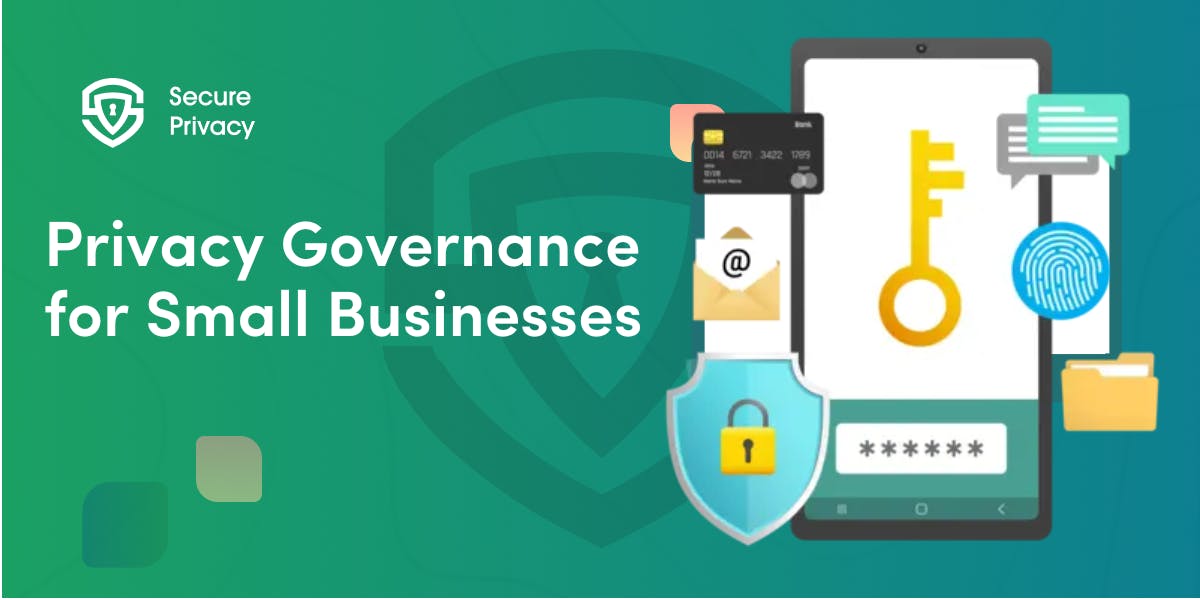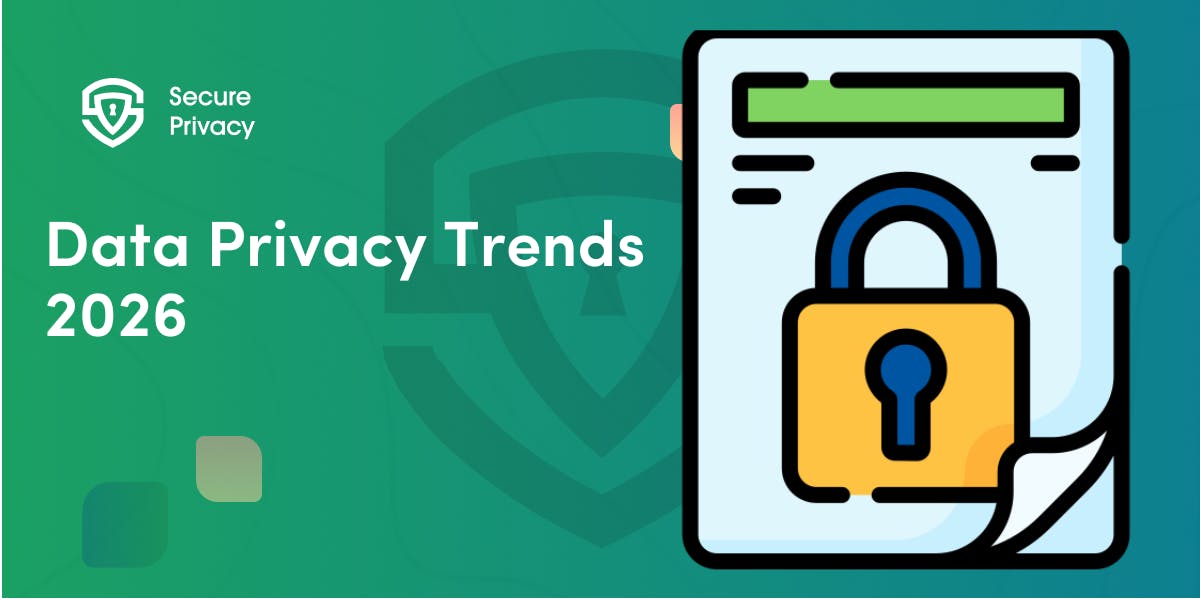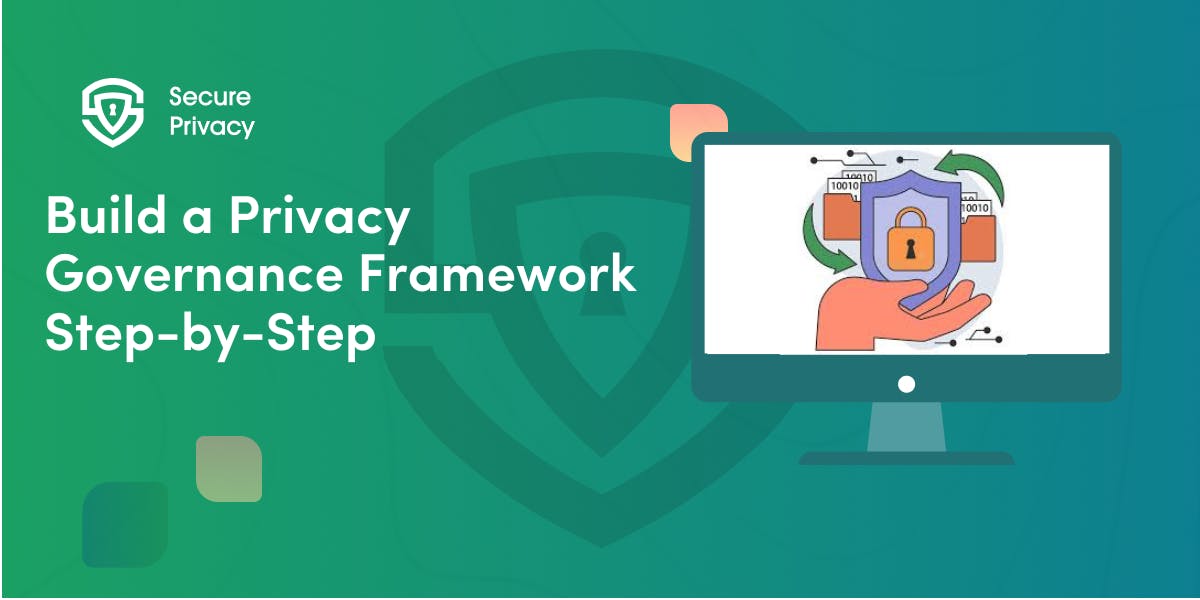The Practical Guide to Consent Management for Marketing Teams
Your marketing campaigns might be exposing your company to major risks without you even realizing it. If you’re running Google Ads, Meta campaigns, or email marketing targeting EU audiences without solid consent management for marketing, you’re not just flirting with costly fines — you’re also hurting your campaign performance.
Many marketing teams still think that cookie consent marketing is just about slapping a banner on the website to avoid legal trouble. But the truth is far more complex and much more important. Consent now plays a central role in shaping every stage of your marketing funnel. From precise ad targeting and clean analytics to better email deliverability and sharper customer segmentation, getting consent wrong doesn’t just mean legal headaches. It means your data — the foundation of your campaigns — becomes unreliable and ineffective.
The smartest marketing teams have shifted their mindset. They see GDPR consent marketing as a powerful tool — a way to get better, more engaged data from users who actually want to interact with their brand. They’re focusing on quality over quantity, improving campaign results, and building trust that turns into long-term customer loyalty.
Why Consent Management for Marketing Matters Now
The Financial and Brand Risks
Violating GDPR or similar regulations can cost companies up to 4% of their global annual revenue or €20 million — whichever is higher. Enforcement is intensifying, and regulators are zeroing in on marketing practices. Giants like Google and Meta have faced huge fines specifically related to advertising and data collection violations.
But the fines are just part of the story. Privacy breaches cause real damage to your brand reputation. Headlines about privacy violations erode customer trust, scare away partners, and weaken your position in increasingly privacy-conscious markets. For marketing teams, ignoring consent requirements isn’t just a legal risk — it’s a threat to your entire brand’s future.
In some countries, the consequences reach beyond the company. Individual marketers involved in non-compliant campaigns can face personal penalties, including damage to their careers and professional licenses. This raises the stakes for everyone involved.
How Consent Affects Your Campaign Performance
Dirty Data Leads to Poor Decisions
Without proper consent management for marketing, your data is incomplete — and that’s a huge problem. Tools like Google Analytics 4, Meta Pixel and Meta Consent Mode, and LinkedIn Insight Tag require user consent in the EU. If you’re missing consent, you lose access to 60-80% of EU traffic data, making it impossible to accurately optimize campaigns.
This data gap means your audience targeting, conversion tracking, and budget allocation get thrown off. When some users consent and others don’t, attribution tracking models break down. You’re making decisions based on flawed data, leading to wasted ad spend and lost opportunities. (Google Consent Mode v2 plays a central role here.)
Consent Mode for Campaigns
Google’s Consent Mode v2, mandatory since March 2024 for EU users, is designed to help businesses comply while preserving some campaign visibility. It distinguishes consent for ad personalization and user data, allowing Google to model conversions even when some users decline tracking. But this only works if your CMP integrates properly with your marketing stack.
Without the right setup, your ad performance suffers. Retargeting becomes less accurate, conversion rates drop, and optimization suffers — all because your campaigns lack reliable consent signals.
Consent: More Than Just Compliance — It’s a Marketing Lever
The best marketers have realized that consent management for marketing is not just about ticking legal boxes. It’s a new marketing lever that can give you a competitive edge.
Quality Over Quantity
When you focus on users who willingly consent, you get better engagement, higher conversion rates, and longer customer lifetime value. These users have chosen to interact with your brand, meaning their data is more reliable and their attention is genuine.
Better First-Party Data
Transparent, respectful consent processes encourage users to share accurate information through forms and surveys. This boosts your ability to personalize messaging and segment your audience effectively.
Competitive Differentiation
In privacy-conscious markets, consumers notice brands that respect their data. Demonstrating privacy-first values can win customers away from competitors with weaker privacy reputations.
What Counts as Consent in Marketing?
Cookie Consent Marketing Essentials
All marketing-related cookies — including those for analytics, retargeting, and personalization — require explicit consent under GDPR and similar laws. This includes cookies used by Google Analytics, Facebook Pixel, LinkedIn Insight Tag, and other ad tracking pixels.
Strictly Necessary Cookies
Some cookies don’t require consent because they are essential to website functionality — like those for security or login. But marketing cookies don’t fall into this category.
Third-Party Tools
Tools like HubSpot tracking, Salesforce engagement monitors, and email marketing pixels also require explicit consent. Each tool you add to your marketing stack increases your compliance obligations.
Consent in Email and SMS Marketing
Double Opt-In
For email and SMS marketing, double opt-in is increasingly important to ensure clear consent. Users must confirm their subscription through email verification to avoid legal issues.
Purpose-Specific Consent
Simply saying “marketing communications” is not enough. You must clearly explain what content users will receive, how often, and why you collect their data.
B2B Marketing Considerations
B2B marketing has its own rules. While legitimate interest may apply for some communications, you still need to respect opt-out requests and document consent properly.
Pixel Integrations and Third-Party Consent
Pixels like Meta Pixel (/ Meta Consent Mode) and Google Ads remarketing require explicit consent before they can track behavior. These can’t fire automatically — your CMP must control their activation based on user consent.
Similarly, analytics tools like Adobe Analytics or Hotjar require consent to collect user behavior data for marketing optimization.
How Consent Affects Key Marketing Channels
- Google Ads: Consent Mode v2 improves campaign visibility and conversion modeling when integrated correctly with your CMP and Tag Manager.
- Meta Pixel / Consent Mode: Requires consent for all EU users before tracking or firing conversion events.
- LinkedIn Ads: Consent is required even for B2B tracking and lead generation forms, given personal data protection laws.
- Analytics Tools: Google Analytics 4, Hotjar, and similar tools require explicit consent for marketing purposes.
(Learn more about How Consent Affects Key Marketing Channels in California 2025!)
Building a Consent-Friendly Marketing Stack
CMP Placement and Integration
Position your CMP for maximum visibility and user engagement — typically a bottom-corner banner works well without disrupting user experience.
Integrate your CMP with Google Tag Manager to control tag firing based on consent signals. Categorize tags by purpose — necessary, functional, analytics, marketing — to tailor consent requests.
Mapping Tools to Purpose
- Marketing Analytics: Google Analytics, Adobe Analytics, heat maps, A/B testing.
- Advertising: Retargeting pixels, conversion tracking.
- Personalization: Recommendation engines, content customization.
Geo-Based and Regulatory Adaptation
Present consent options based on user location. EU users should see GDPR-compliant granular choices; others get appropriate alternatives based on local laws.
Default to privacy protection when uncertain about location — better to be overly cautious than miss consent.
Respecting Consent Downstream
Ensure consent preferences propagate to all systems:
- Data routing systems stop processing if consent is withdrawn.
- Sync consent with CRM for sales and customer service teams.
- Automatically update email suppression lists based on consent changes.
Common Pitfalls in Marketing Consent Management
- Premature Tag Firing: Avoid triggering marketing tags before consent. This is a compliance violation.
- Misconfigured Tag Manager: Tags must fire only after consent signals are confirmed.
- Bypassing Consent Controls: Third-party tools embedded directly may ignore consent; always integrate through your CMP.
- Dark Patterns: Consent choices should be equally accessible and prominent; never make “Accept All” easier than “Reject All.”
- Complex Language: Consent requests must be clear and jargon-free.
- Ignoring B2B Rules: Personal data protection laws apply even in B2B contexts.
- Poor Consent Logging: Keep detailed records of consent and withdrawals for audits.
What to Ask Your CMP Vendor
- Does your CMP integrate smoothly with Google Tag Manager, ad platforms, analytics, and CRM?
- Can we A/B test consent banner designs and messaging?
- How fast do consent signals sync with marketing tools?
- Does the platform provide marketing-focused reports, showing how consent impacts performance?
- Can consent data be segmented by source, region, and marketing dimensions?
- How does consent flow into our CRM and marketing automation?
- Can the CMP scale internationally and support complex marketing setups?
[Check out our Secure Privacy vs. Usercentrics and our Secure Privacy vs. Onetrust 2025 comparison guides.]
How Secure Privacy Supports Marketers
Secure Privacy’s CMP for marketers offers native integrations with key platforms like Google Tag Manager, Meta Pixel / Consent Mode, and LinkedIn Insight Tag. It handles consent signals automatically, removing technical headaches.
Pre-configured consent categories and real-time tag blocking protect your campaigns while keeping you compliant.
Marketing dashboards provide detailed consent analytics, helping teams optimize campaigns and consent experiences via A/B testing.
CRM and email platform integration ensures consent preferences flow seamlessly into all customer interactions and automated marketing.
Turning Consent Into Competitive Advantage
Consent management is transforming marketing. The best teams leverage it to build stronger relationships, improve data quality, and differentiate their brands in privacy-conscious markets.
Viewing consent as a competitive advantage, not a burden, leads to campaigns that respect user autonomy, boost trust, and drive sustainable growth.
Success requires a solid tech foundation that automates compliance while delivering actionable insights. The right CMP is marketing infrastructure — empowering teams rather than restricting them.
By embracing comprehensive consent management for marketing today, you position your business for long-term success in a privacy-focused digital economy.
Frequently Asked Questions
Q: Do we need consent for Google Analytics on our B2B website?
A: Yes, Google Analytics requires consent even for B2B websites because it processes personal data for marketing analytics purposes. The business context doesn't eliminate individual privacy rights. However, you can use Google Consent Mode to maintain some analytics capabilities when users decline tracking consent.
Q: How does consent management affect our Facebook and Google ad performance?
A: Proper consent management with Consent Mode v2 can actually improve ad performance by providing platforms with higher-quality data from engaged users while enabling conversion modeling for non-consented users. Poor consent management destroys ad performance by creating data gaps and attribution problems.
Q: Can we still do retargeting if users don't consent to cookies?
A: You can't retarget users who haven't consented to advertising cookies, but you can build audiences from email lists, customer files, and other first-party data sources. Focus on consent-based audience building and email remarketing as alternatives to cookie-based retargeting.
Q: What's the difference between marketing consent and email subscription consent?
A: Marketing consent covers website tracking and behavior monitoring for marketing purposes, while email subscription consent covers direct marketing communications. You need both for comprehensive email marketing campaigns that include behavior tracking and personalization.
Q: How do we handle consent for international campaigns?
A: Use geo-targeting to show appropriate consent mechanisms based on user location. EU users need GDPR-compliant granular consent, California users need CCPA disclosures, and other regions may have different requirements. When in doubt, use the highest applicable standard.
Q: Does our CMP need to integrate with our marketing automation platform?
A: Yes, consent preferences should flow into your marketing automation platform to ensure all automated campaigns respect user privacy choices. This includes email platforms, CRM systems, and customer data platforms that inform marketing activities.
Q: How often should we refresh consent from existing users?
A: There's no specific legal requirement for consent refresh timing, but best practices suggest annual updates or when you make significant changes to data processing. Focus on making consent withdrawal easy rather than forced refresh cycles that annoy users.
Q: Can we offer incentives for users to accept marketing cookies?
A: You can offer value exchanges for consent, but avoid anything that appears coercive or makes consent a condition for basic service access. Legitimate incentives might include exclusive content or personalized experiences, but ensure users have genuine choice to decline.
Q: What happens to our existing custom audiences when we implement proper consent management?
A: Existing audiences may shrink as you focus on consented users, but audience quality typically improves significantly. Users who actively consent to tracking usually show higher engagement and conversion rates, often offsetting audience size reductions with better performance.
Q: How do we measure marketing success when significant portions of our audience haven't consented to tracking?
A: Focus on conversion modeling through Google Consent Mode, first-party data analysis, and engagement metrics from consented users. Many marketing teams find that quality metrics from willing participants provide better insights than incomplete data from non-consented tracking.
Get Started For Free with the
#1 Cookie Consent Platform.
No credit card required

Privacy Governance for Small Businesses: Step-by-Step Guide
You're a 20-person company. A customer asks for their data. Your marketing team just added a new tracking pixel. Your CRM vendor updated their terms. And you just realized you might need to comply with GDPR, CCPA, or both.
- Legal & News
- Data Protection

Data Privacy Trends 2026: What Every Business Needs to Know
You're planning next year's compliance roadmap, but the rules keep changing. New regulations emerge monthly. Enforcement penalties double overnight. And now, AI governance lands on your desk alongside data privacy obligations.
- Legal & News
- Data Protection

How to Build a Privacy Governance Framework: Step-by-Step Guide
Privacy governance isn't about checking regulatory boxes — it's about building systematic capability to manage personal data responsibly across your entire organization. Whether you're facing GDPR obligations, preparing for CCPA enforcement, or establishing foundational privacy practices, a structured framework transforms compliance from reactive firefighting into proactive risk management.
- Legal & News
- Data Protection

